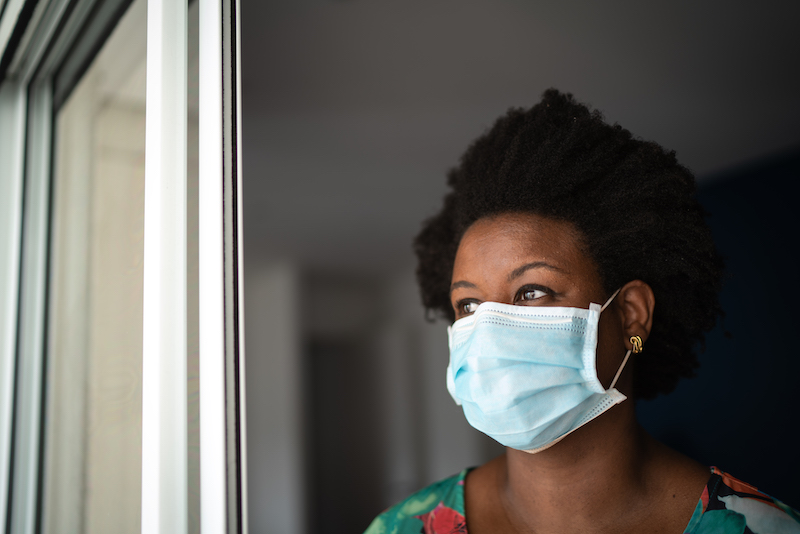The disappointing September jobs report revealed that just 235,000 new jobs were created in August. It also showed an unemployment rate on the decline: falling from 5.9 percent in June to 5.4 percent in July, then to 5.2 percent in August. This is just over one-third of the 14.8 percent unemployment rate at the peak of the pandemic in April of 2020. Figure 1 below, however, shows how the unemployment rate breaks down by sex, race, and ethnicity. Not only do Black workers have unemployment rates substantially higher than their White and Asian counterparts, they are also the only group to see their unemployment rates rise in August.
Figure 1

Many factors contributed to Black women’s increased unemployment. More Black women entered the labor market in August, signaling an expectation of finding work while employers reported they were unable to find workers. Despite their increased labor force participation, many Black women were not able to secure employment. William Spriggs, chief economist to the AFL-CIO, found that Black workers with an associate’s degree had a higher unemployment rate (6.9%) than White high school dropouts (5.8%)—indicating the labor market is not as tight as it seems and that employers are still exercising their preferences for specific groups of workers.
Black women also faced a labor market where the jobs that disproportionately employ them—jobs in leisure and hospitality, education and health services, and government—saw large declines as a result of the spread of the Delta variant of COVID-19. Further disadvantaging Black women is the loss of 5.9 thousand jobs in child care centers. These job losses not only mean fewer available jobs but also reduced access to child care for the 78.8 percent of households in which Black women are breadwinners.
Together, these factors point to the importance of maintaining employment in state and local government, the safe re-opening of both schools and child care centers, and continued access to unemployment benefits and housing assistance.


